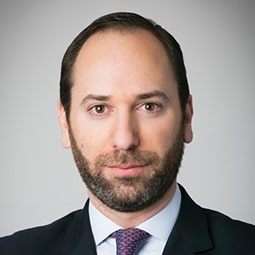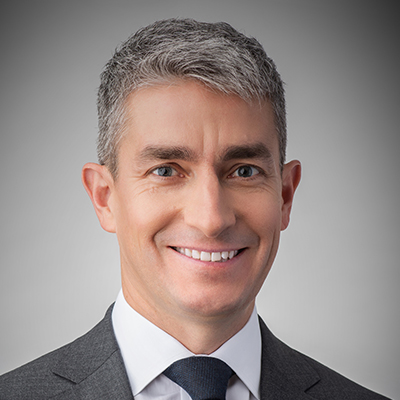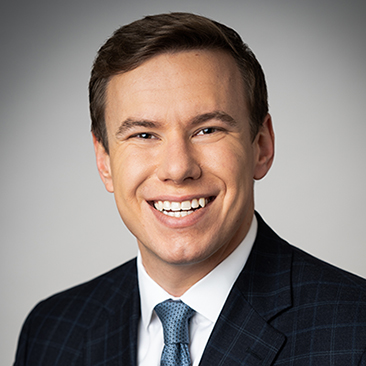Introduction
The Supreme Court unanimously held in Siegel v. Fitzgerald that a 2017 statutory amendment that increased U.S. Trustee fees violated the uniformity requirement of the Constitution’s Bankruptcy Clause, which empowers Congress to establish “uniform Laws on the subject of Bankruptcies throughout the United States.” U.S. Const. art. I, § 8, cl. 4. The statutory amendment had caused debtors that filed chapter 11 cases in judicial districts that operate under the U.S. Trustee program (i.e., all districts other than those in North Carolina and Alabama) to pay higher quarterly “user fees,” than debtors that filed chapter 11 cases in the six districts that operate under the Bankruptcy Administrator (“BA”) program (i.e., districts in North Carolina and Alabama). The Court’s holding may open the door for debtors across the country to obtain refunds for overpayments made between January 1, 2018 and January 1, 2021.
Section 1930 of title 28 imposes a quarterly user fee on all chapter 11 debtors. The amount of the fee depends on the amount of “disbursements” made by a debtor during the applicable quarter. Prior to 2017, the maximum quarterly fee was $30,000. In 2017, Congress amended the statute to fund a budget shortfall. The amendment provided that, during fiscal years 2018–2022, if a debtor in a U.S. Trustee district has disbursements exceeding $1 million per quarter, that debtor’s maximum quarterly U.S. Trustee fee would be increased to the lesser of $250,000 or 1% of total disbursements. This resulted in an 833% increase in maximum quarterly fees. The amendment applied to all cases open as of January 1, 2018, and to any case filed thereafter. The amendment did not mandate an increase to quarterly fees in cases filed in BA districts; however, a subsequent amendment effective January 1, 2021, did mandate a uniform increase to quarterly fees in BA districts. As a result, debtors in all U.S. Trustee districts that paid quarterly fees between January 1, 2018 and January 1, 2021, potentially paid significantly more than similarly situated debtors in BA districts.
Debtors in U.S. Trustee districts across the country began suing to recover the increase in fees paid during this period, arguing that they were unconstitutionally “dis-uniform.” Courts of appeals and lower court split on their decisions, as we previously covered here. The Second and Tenth Circuits both held that the 2017 amendment violated the Constitutional uniformity requirement. See In re Clinton Nurseries, Inc., 998 F.3d 56 (2d Cir. 2021); In re John Q. Hammons Fall 2006, LLC, 15 F.4th 1011, 1016 (10th Cir. 2021). Conversely, the Fourth, Fifth and Eleventh Circuits found no Constitutional infirmity. See United States Tr. Region 21 v. Bast Amron LLP (In re Mosaic Mgmt. Grp.), 22 F.4th 1291, 1327 (11th Cir. 2022); In re Circuit City Stores, Inc., 996 F.3d 156, 160 (4th Cir. 2021); In re Buffets, LLC, 979 F.3d 366 (5th Cir. 2020). The Third Circuit has not ruled on this issue, but the Delaware Bankruptcy Court in Exide found no Constitutional infirmity. In re Exide Techs., 611 B.R. 21, 26 (Bankr. D. Del. 2020) (Walrath, J.).
The Supreme Court granted review of a petition for a writ of certiorari filed by the liquidating trustee for the Circuit City debtors to challenge the Fourth Circuit’s holding. See Siegel v. Fitzgerald, No. 21-441 (U.S.).
The Court’s Unanimous Holding
The Supreme Court reversed, with Justice Sotomayor writing an opinion for the unanimous Court holding that the differential fee system is unconstitutional. In defending the 2017 amendment and fee increase, the Government had argued that the uniformity requirement of Constitution’s Bankruptcy Clause did not apply because the statute at issue was an “administrative law” and not “substantive law.” The Government further argued that if the uniformity requirement applied, the amendment was permissible. The Government argued that the Bankruptcy Clause did not prohibit all “dis-uniform” bankruptcy laws based on geographical differences, only arbitrary differences. The Government argued here that geographical differences were not arbitrary: the U.S. Trustee program is funded by user fees while the BA program is funded by the Judiciary’s general budget.
The Supreme Court rejected both arguments. First, it held that the 2017 amendment fell within the ambit of the Bankruptcy Clause’s uniformity requirement. The Court reasoned that “[n]othing in the language of the Bankruptcy Clause itself . . . suggests a distinction between substantive and administrative laws . . . [n]or has th[e] Court ever distinguished between substantive and administrative bankruptcy laws or suggested that the uniformity requirement would not apply to both.” Every lower court to address the issue had ruled the same.
Second, the Court found the amendment violated the uniformity requirement. The Court explained that the Bankruptcy Clause “does not deny Congress power to take into account differences that exist between different parts of the country, and to fashion legislation to resolve geographically isolated problems.” E.g., Regional Rail Reorganization Act Cases, 419 U.S. 102 (1974); Hanover Nat. Bank v. Moyses, 186 U. S. 181, 187 (1902). “[T]he Bankruptcy Clause offers Congress flexibility,” the Court thus observed, but it “does not permit the arbitrary, disparate treatment of similarly situated debtors based on geography.” Here, the Court explained, Congress does not have “free rein to subject similarly situated debtors in different States to different fees because it chooses to pay the costs for some, but not others.” The 2017 amendment did not create a geographical variation based on local “needs and conditions,” which would have been permissible. Congress’ arbitrary separation of districts in Alabama and North Carolina from the rest of the country was unrelated to the needs of or conditions in those States.
Notably, the Court did not opine on the appropriate remedy for affected debtors, the “practicality, feasibility, and equities” of various proposed remedies, or potential waivers by nonobjecting debtors. The Court instead remanded so that the lower courts could address those questions in the first instance. As a result, more litigation lies ahead as debtors seek to recoup the unconstitutionally excessive fees. The Court’s opinion also casts doubt on the validity of having BA districts and U.S. trustee districts in different parts of the country, which also is likely to prompt litigation.
Practical Considerations
Debtors that paid U.S. Trustee quarterly fees between January 1, 2018 and January 1, 2021, may be entitled to a refund of amounts in excess of amounts they would have paid if the debtors had filed in a BA district.
While the Court did not opine on the appropriate remedy in Siegel, the Court left undisturbed the holdings in the Second Circuit and Tenth Circuit in other cases, which ordered bankruptcy courts in those cases to determine the amount of and order a refund in the amount of overpayments. See In re John Q. Hammons Fall 2006, LLC, 15 F.4th 1011, 1026 (10th Cir. 2021) (“The Second Circuit [in Clinton Nurseries] awarded monetary relief to remedy debtors’ harms from the 2017 Amendment . . . . We do so as well.”); In re Clinton Nurseries, Inc., 998 F.3d 69–70 (2d Cir. 2021) (“To the extent that Clinton has already paid the unconstitutional fee increase, it is entitled to a refund of the amount in excess of the fees it would have paid in a BA District during the same time period.”). The Supreme Court’s ruling thus preserves those decisions and opens the door to further refund actions nationwide.
Contributor(s)

















